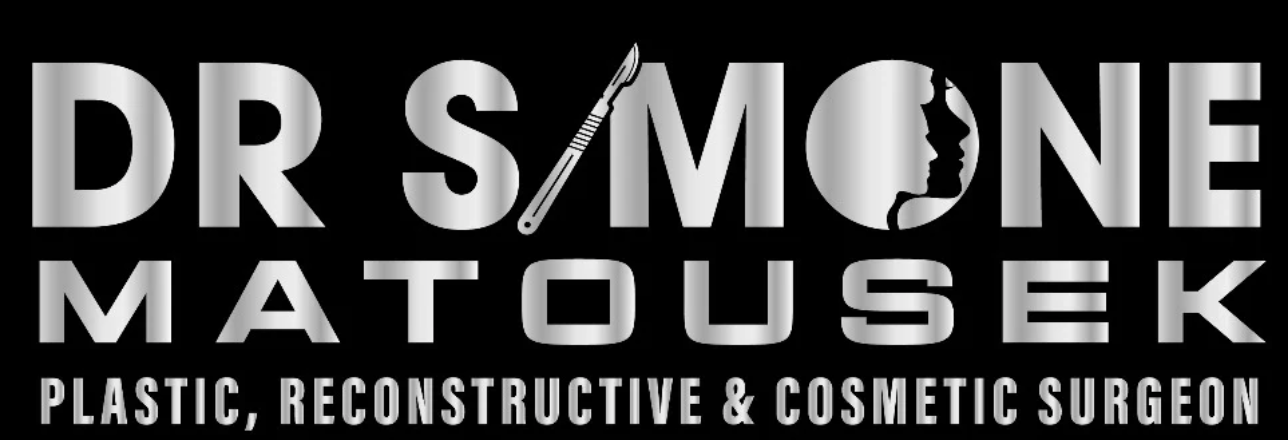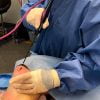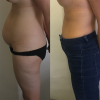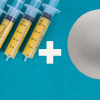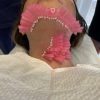Tummy tuck or abdominoplasty in Sydney
An abdominoplasty or tummy tuck involves removal of excess skin and muscle below the belly button. In patients with post pregnancy muscle separation or rectus abdominis muscle separation, a muscle repair is performed. In situations with combined loose skin and rectus abdominis separation, the tummy may appear to protrude and no amount of exercise or dieting can unfortunately help the abdominal contour in these situations. A tummy tuck is able to contour the waistline and give a flat abdomen in these situations. The belly button is repositioned and refashioned and any hernias repaired which can enlarge the belly button and distort its shape. The operation can involve liposuction for contouring of the surrounding flanks, upper abdomen and mons pubis. The operation is complex and each patient requires an individualised, tailored approach to achieve the best possible abdominoplasty result. Although there are many health care providers offering tummy tuck surgery, this is a major operation which requires specialist training. Be sure to see a qualified Plastic and Reconstructive surgeon (surgeons with the title FRACS (Plast) and members of the Australian Society of Plastic Surgeons) to ensure you get the best possible results and your procedure is done in a safe environment.
